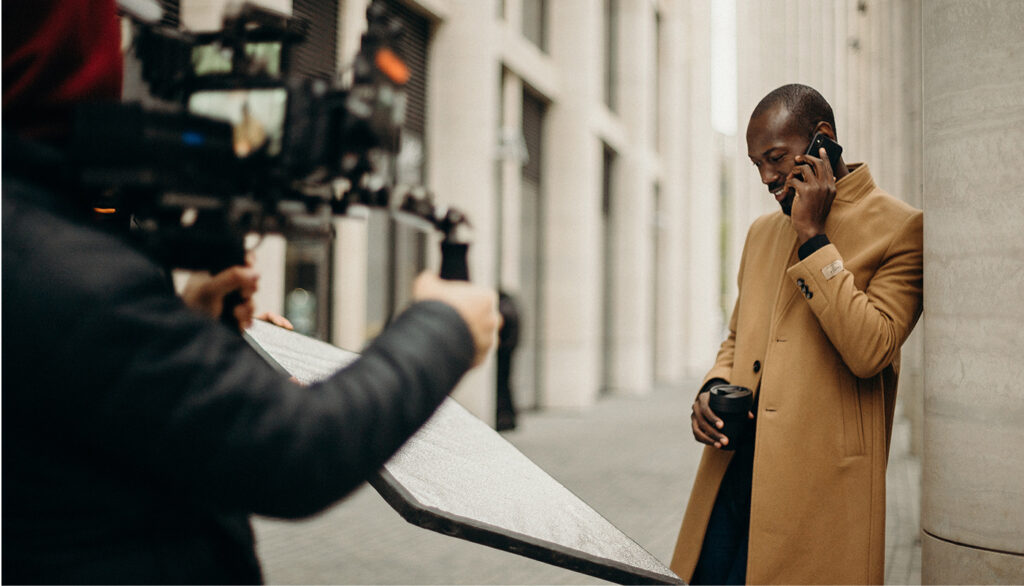
Just because you’ve got a lot to say doesn’t mean you should say it . . . or need to. Interviews with politicians, celebrities, and thought leaders are rife with examples of verbal excess. As the old saying goes, often less is more.
Here are a few tips that can help you keep your message clear, your voice authentic, and your audience engaged.
Simplify Talking Points
Any media trainer will advise you to create talking points that you can stick to during an interview. There is merit to the process of creating talking points, not because you want to seem rehearsed or overly polished, but because knowing what you want to say before you say it can help you harness your thoughts and your words.
Avoid language that comes across as too self-promoting. A shameless plug is just that—shameless—and will probably not make air unless it’s so egregious that it becomes the story.
Remember the Rule of Three
Once you’ve figured out what your focus will be, fall back to the “Rule of Three” where you identify three main messages you’d like to impart and stick to them. In broadcast, brevity rules, so anything beyond three points will take up too much time and will be lost on your audience.
Try to articulate your three main messages or themes in different ways, perhaps using analogies or examples that convey a lot of meaning to viewers concisely and in ways sure to interest them.
You’ll want to avoid the appearance of memorizing specific wording or phrases. Sounding like you’re reading from a script will only result in an interview or presentation that sounds artificial and robotic.
Use Words Everyone Knows
It’s a good rule of thumb to speak jargon-free. Unless your interview will be broadcast through a narrow channel, you need to simplify your language for a general audience. Use words everyone knows, no matter the context. That way everyone will understand what you’re saying.
To make sure you’re light on the jargon, test your talking points with people outside of your field of expertise to make sure they are easily understood.
Speak in Sound Bites
Once you know what you want to say, it’s time to think about how you’re going to say it. If you’d like your fully formed thoughts to remain intact, shoot for speaking them in 15 seconds or less. This is just about the right length for an attractive sound bite (a small excerpt pulled from a longer recorded interview).
(If you think that time frame sounds ridiculously short, consider that, in 2011, the average length of a sound bite in broadcast news stories was 9 seconds, so that 15-second suggestion is actually quite generous.)
Here are a few tried and true tips for optimizing your sound bites:
- Don’t bury the lead. Put your most important information first so if you are cut off, you will have already said what really matters.
- If you are there to provide your expert opinion, don’t simply state facts. The reporter can do that. Instead, provide context for those facts that will move the story along.
- Resist the urge to expound. Once you have succinctly answered the question, stop. Leave it up to the reporter to ask for more.
A Little Prep Goes a Long Way
By prepping for your interview or on-camera appearance, you can turn what might otherwise be unwieldy talking points into compelling words that ensure your message is heard as intended by your audience. The key is to keep it simple, succinct, and easily understood.
Learn More: On-Camera Coach
If you found this information valuable, check out my book, On-Camera Coach: Tools and Techniques for Business Professionals in a Video-Driven World, now available from Wiley Publishing. On-Camera Coach aims to take the mystery out of communicating through the camera and provides specific tips and techniques that can make your message sing—and you, the messenger, feel confident in a job well done.

